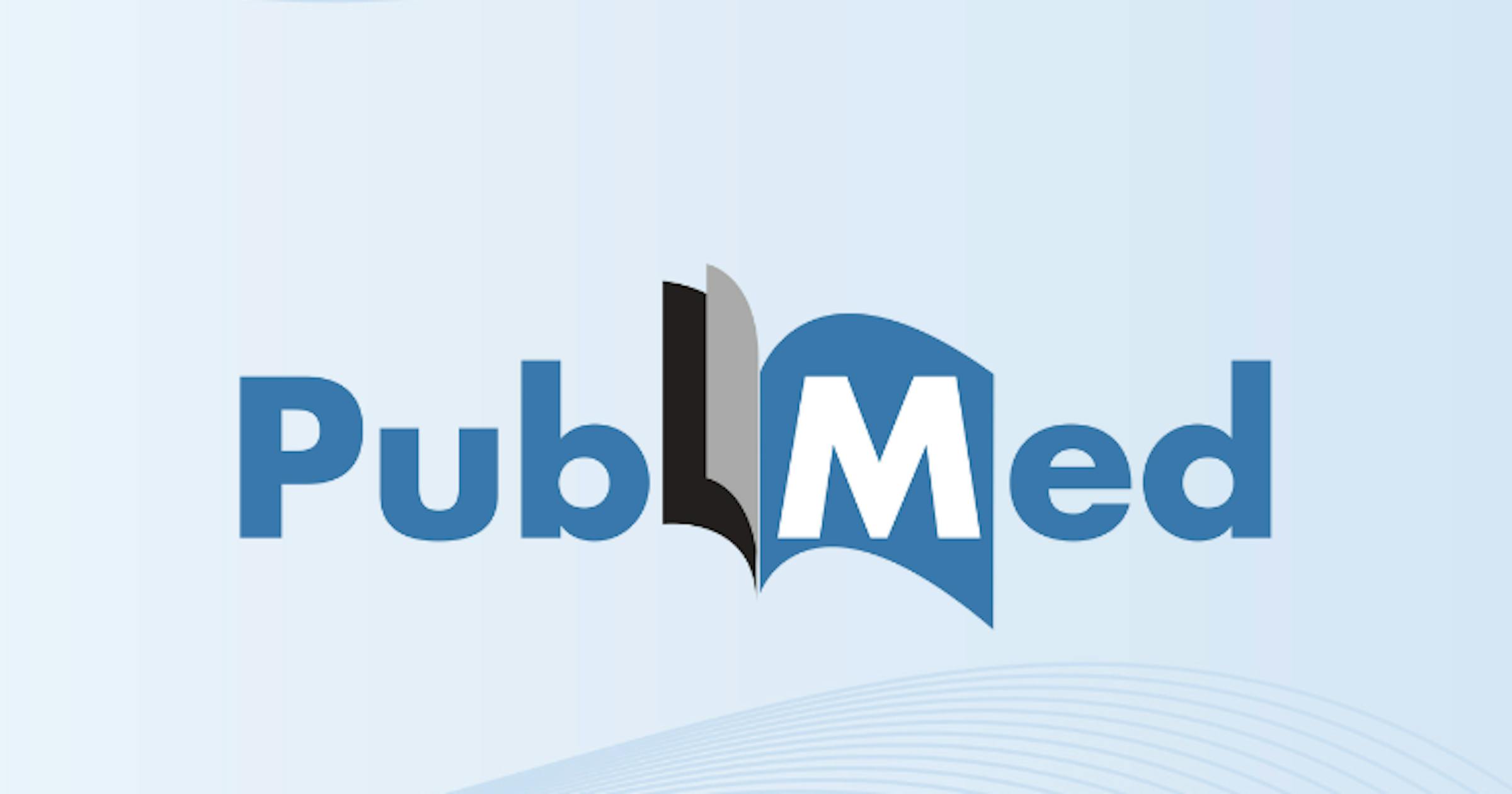
Why should you integrate document monitoring into your medical practice?
05/21/2025

Whether you are a student in medicine, pharmacy, nursing, or public health, the literature review is a crucial step in your research work. It allows you to take stock of the current state of knowledge on a given topic and justify the relevance of a new study.
In this article, we offer you a practical guide to succeed in your literature review and save time in your documentary research.
A literature review involves searching for, selecting, analyzing, and synthesizing existing scientific publications on a specific topic. Its objective is to identify what has already been studied, spot gaps in knowledge, and place your research question in this context.
It is often essential in:
Here is the recommended methodology to efficiently structure your literature review:
Before getting started, it is essential to formulate a precise research question. You can rely on the PICO method (Patient, Intervention, Comparison, Outcome), which is often used in medicine to structure your issue.
Example: In patients with chronic low back pain, do cognitive-behavioral therapies improve quality of life compared to medication alone?
Prioritize specialized medical databases to ensure the quality and reliability of the publications:
And to save time, French platforms like PaperDoc let you search and summarize scientific articles using keywords or questions.
Use precise keywords and consider synonyms, medical terms, and MeSH (Medical Subject Headings) terms to broaden or narrow your results.
Example strategy in PubMed:
(chronic low back pain) AND (cognitive behavioral therapy OR CBT) AND (quality of life)
Sort your results based on:
Tip: Use a table to record the characteristics of studies (year, population, interventions, results, etc.).
Don’t just summarize article by article; group data according to common themes or findings. Identify:
This will help you justify the importance of your own work.
✅ Set clear guidelines for your documentary research
✅ Systematically note the keywords and combinations you use
✅ Regularly update your review if conducted over several months
✅ Don’t hesitate to ask for advice from a librarian or instructor
The literature review is an essential exercise for any health student looking to work within a rigorous scientific approach. With a structured methodology and the right tools, it becomes simpler and faster to complete.
And to go even faster, consider using scientific research assistants like PaperDoc, which let you find and summarize medical publications in just a few clicks.
👉 Need to optimize your medical literature monitoring? Good news! PaperDoc is free for 1 year for medical students. Send us your student ID now to receive a promotional code.
Do you want to keep abreast of the latest medical developments in your field? PaperDoc searches, filters and summarizes the scientific literature for you
Register for free
05/21/2025

05/21/2025

05/21/2025

05/21/2025

04/10/2025